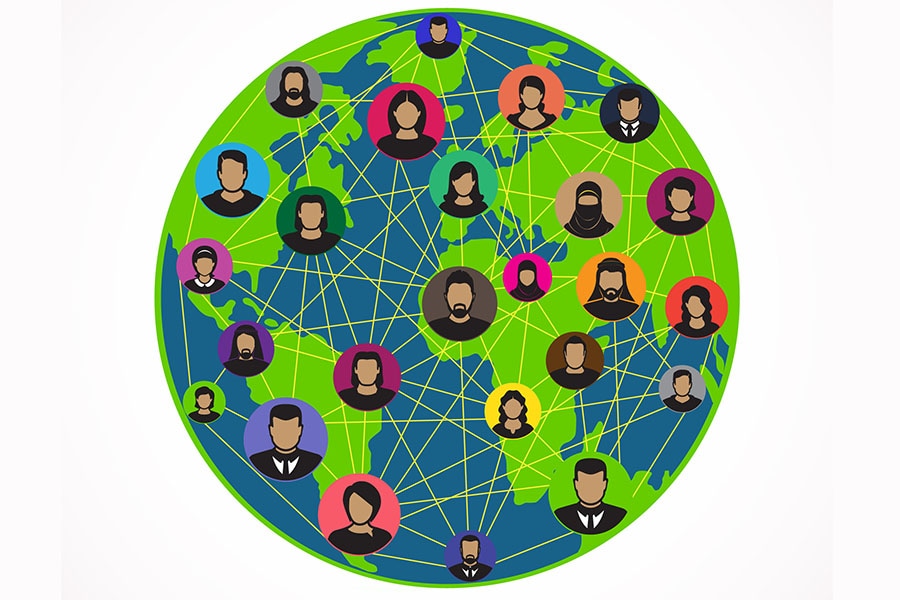
6 strategies for building socially responsible—and profitable—companies
A new generation of business leaders is finding innovative and profitable ways to bring about positive change in the world. In the book Purpose and Profit, George Serafeim offers a roadmap for people at every career stage who seek to align their professional aspirations with their personal values
 Business leaders understand how the world is changing—bringing corporate purpose to the fore—and how their organizations could produce better environmental and social outcomes while designing profitable and therefore scalable solutions
Image: Shutterstock
Business leaders understand how the world is changing—bringing corporate purpose to the fore—and how their organizations could produce better environmental and social outcomes while designing profitable and therefore scalable solutions
Image: Shutterstock
A dozen years ago, Harvard Business School Professor George Serafeim wondered why some companies operated with an eye toward the greater good, while most did not.
Back then, he always got the same response: Corporate leaders thought social and environmental practices were “soft,” little more than a drag on business. When he told colleagues about his interest in researching companies focused on corporate social responsibility, some expressed skepticism because there were so few to study.
Serafeim says that era of business is already history. The result of his curiosity—his book Purpose and Profit: How Business Can Lift Up the World—delves into the cutting-edge research those early questions spawned. The key findings can help business leaders understand how the world is changing—bringing corporate purpose to the fore—and how their organizations could produce better environmental and social outcomes while designing profitable and therefore scalable solutions.
In the book, Serafeim details six major ways that companies can adjust to the changing landscape. His book tells the stories of individuals, at every stage of their career, pursuing entrepreneurial and managerial efforts to make a difference in a way that makes them fulfill their own personal purpose.
Serafeim is the Charles M. Williams Professor of Business Administration at Harvard Business School, where he co-leads the school’s Impact-Weighted Accounts Project, and the Sustainability and Climate Impact AI Lab as part of the school’s new Digital, Data and Design (D3) Institute.
This article was provided with permission from Harvard Business School Working Knowledge.







